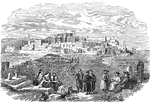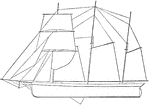
Wind-Powered Sailboat
First used by the Dutch in the 16th and 17th centuries and later refined in North America from the early…

Argentine Ant
Image of an Argentine ant. This destructive insect is native to parts of South America, but was accidentally…
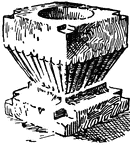
Baptismal Font at Lydbury North
This illustration shows the baptismal font at Lydbury North in England.
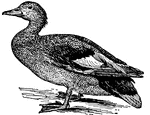
Gadwall Duck
The Gadwall (Chaulelasmus streperus) is a widely distributed duck, appearing throughout Europe and N.…

Mesa (Land Form)
A raised area of land, flat like a table at the top. In America, they are called Mesas (Spanish for…
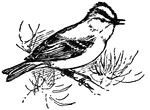
Golden-Crested Wren
Also known as the Kinglet, the Golden-Crested Wren (Regulus cristatus) is the smallest of European birds.…

British Golden-rod
British Golden-rod is a member of the large composite genus Solidago, which is chiefly North American.…
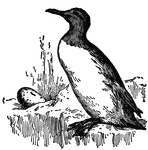
Common Guillemot
The Common Guillemot (Uria troile) is a member of the auk family. It breeds on all rocky coasts of the…

Lamium Album
Lamium album (also known as the white dead-nettle, or archangel) is a member of the Lamium, a genus…
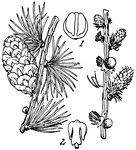
Larch, Cone and Flowers (male and female)
Larch, or Larix, is a genus of hardy, deciduous, coniferous trees of very graceful habit. They bear…

Lemming
A lemming is a small, yellowish-brown rodent, closely related to the vole, and belonging to the genus…

Turbo Generator
Sectional elevation of the 31,000 h.p. turbo generator units used in the Yadkin River development (North…

Alphabet of Antiquity
Leading alphabet of antiquity. Included is Punic (Western Semitic from Carthage, North Africa - now…

Coat of Arms
Coat of arms for the French Republic and Imperial Arms of France. France is the most western portion…

Phylloxera-mite
A phylloxera. Typically found in eastern North America, and related to the aphid, they typically feed…

The Town and Isthmus of Corinth
View of Ancient Corinth looking North. The Gulf of Corinth is at the left and the isthmus is center…

Puma
The puma, also known as the cougar, panther, or mountain lion (Felis concolor) , is a large American…

The Siege of Château Gaillard, the Saucy Castle of Richard the Lionheart - Aerial View
An aerial view of the siege of Château Gaillard, also called the Saucy Castle. Construction of the…

Prickly Saltwort
Salsola kali. This plant is also called a Russian Thistle, Prickly Glasswort, Tumbleweed, and Glasswort.…

Scaup, a Common Duck
"A duck, Fuligula or Fulix marila and related species. The common scaup inhabits Europe, Asia, and North…
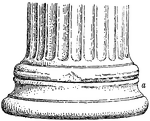
The Base of an Ionic Column at the Erechtheum
The base of the column, torus, displays a concave molding called a scotia. This type of base was not…
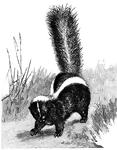
Common Skunk
"A fetid animal of the American genus Mephitis, M. mephitica... The animal inhabits all of temperate…
Seneca Snakeroot - Stem and Flowers
"Polygala senega of eastern North America. It sends up several stems from hard knotty root-stocks, bearing…
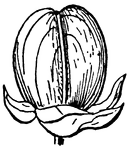
Seneca Snakeroot - the Fruit
"Polygala senega of eastern North America. It sends up several stems from hard knotty root-stocks, bearing…

Seneca Snakeroot - Roots and Base of the Stem
"Polygala senega of eastern North America. It sends up several stems from hard knotty root-stocks, bearing…

Sparada
"An embiotocoid fish of the Pacific coast of North America, Micrometrus aggregatus; a name also extended…
White Marlin, a Sailfish
Tetrapturus albidus. Also called a billfish or spearfish, "the dorsal fin is low or moderately developed,…

Thirteen-Lined Spermophile, Also Called a Federation Squirrel
Spermophilus tridecemlineatus. Illustration of the most common of the Spermophilinae. "...having a number…
